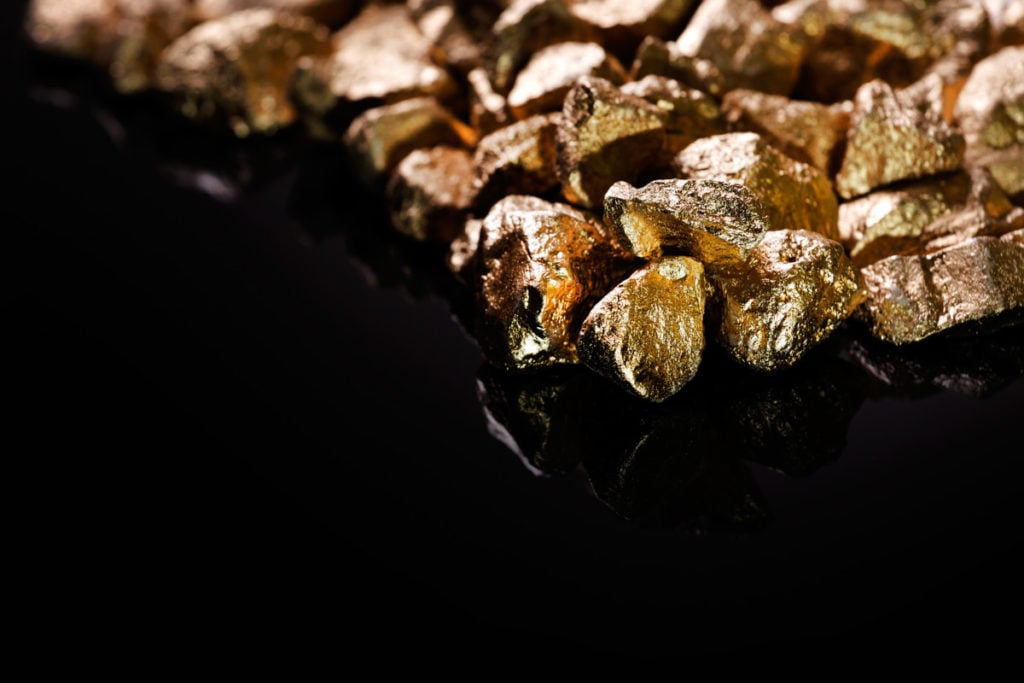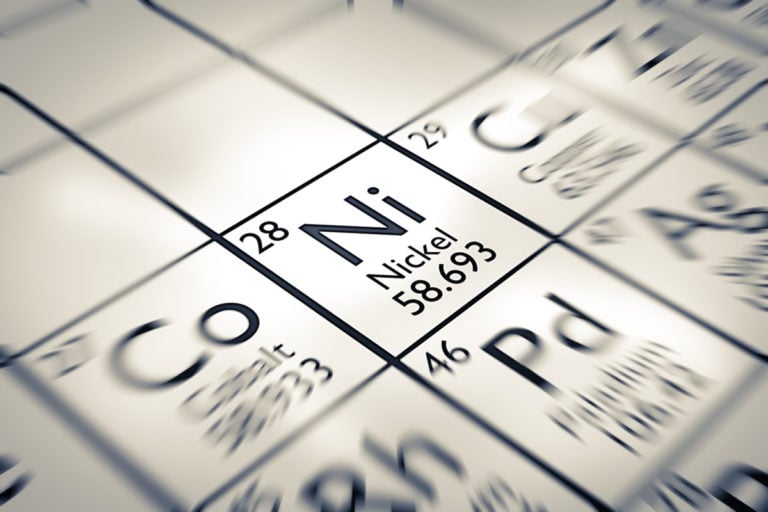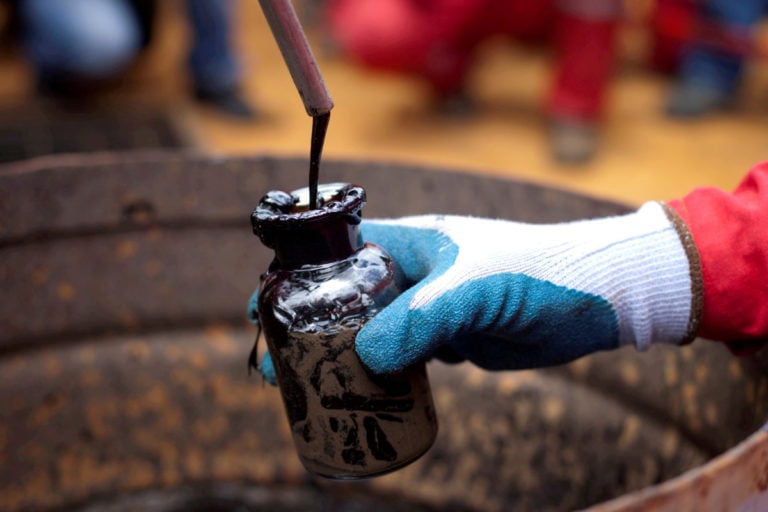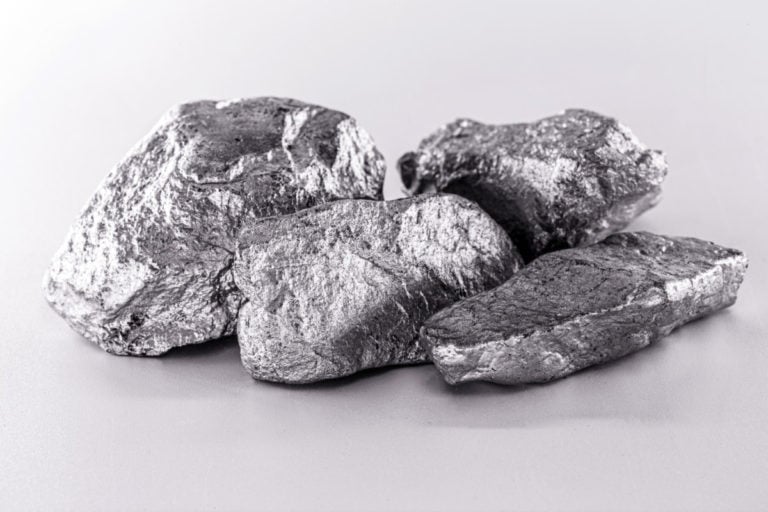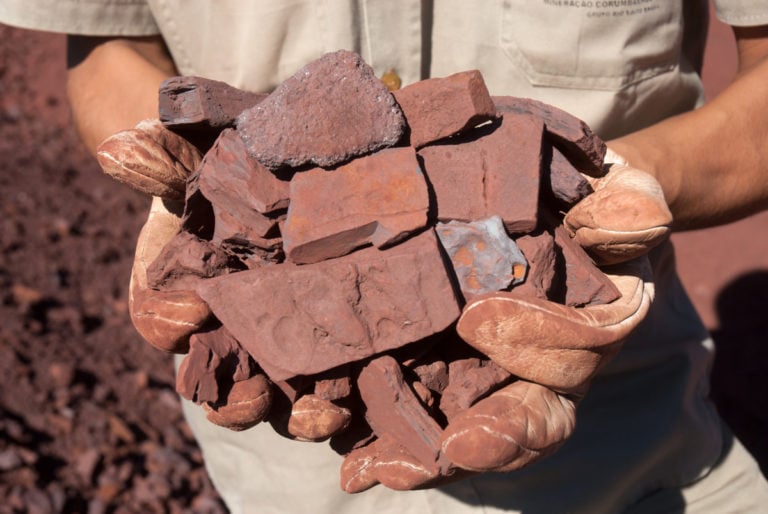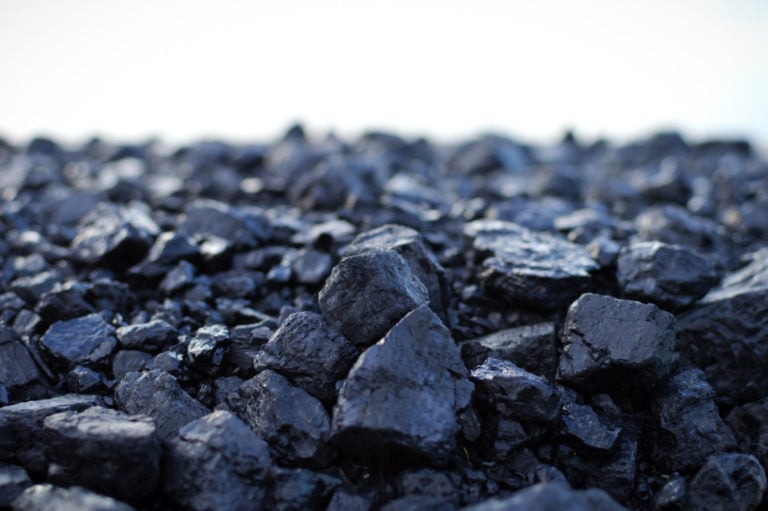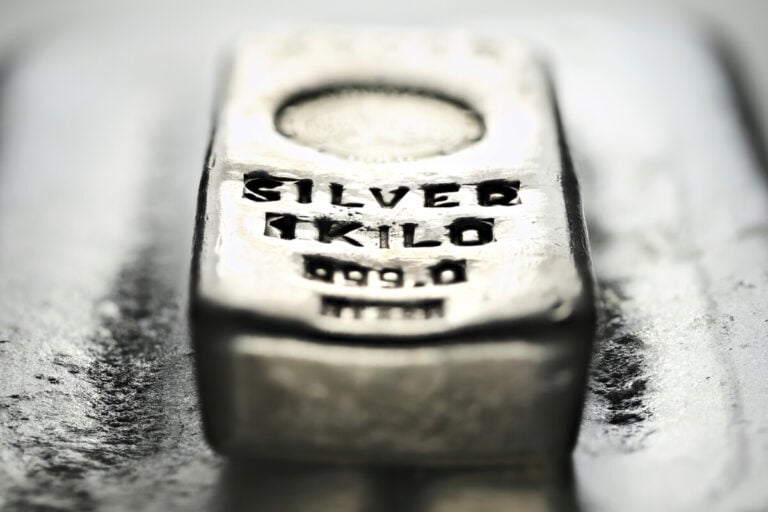Gold was one of the first metals that man began to use, and jewelry was made from it even at a time when stone and wood were the main materials.
All this is due to one property – the element is often found in nature in almost pure form, nuggets.
However, where did this chemical element come from (in the table of chemical elements of D. I. Mendeleev, gold is designated as Au (aurum) at number 79), how is it mined and used?
What gold looks like: chemical and physical properties
Gold is a noble metal, many have heard this name, but what does it mean?
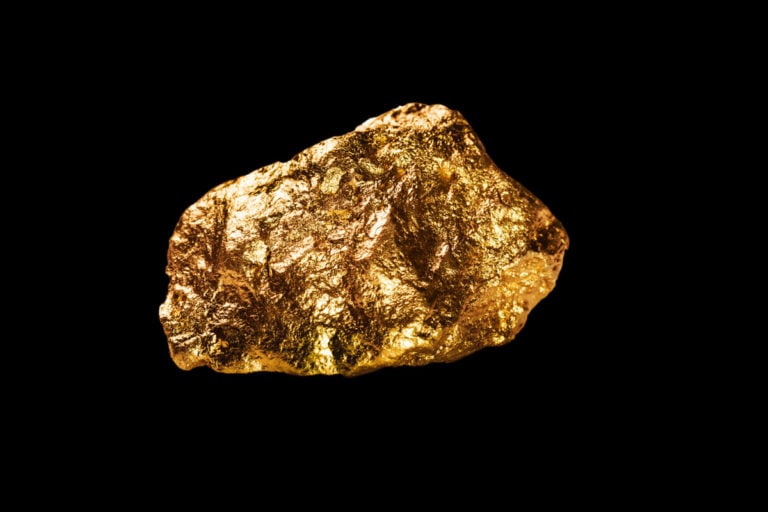
Chemical properties. As a chemical element, it practically does not react, and is not affected by aggressive substances. In short, gold does not oxidize, making it an ideal material for many industries.
physical properties. What does gold look like? In its pure form, it is a rich yellow, rather soft metal, at the same time dense, which determines the considerable weight of the products.
Pure material is very easy to process, easy to melt (melting point 1064°C), forge (very thin sheet can be made) and drawn.
Insignificant hardness is the main disadvantage, which is eliminated by adding impurities to the metal: silver, copper, platinum and steel. This is how different types of gold appeared.
Gold types
There are two main types of gold – banking and jewelry.

In the first variant, the purity of the metal is very important, where the main standard of 999 samples is adopted. This means that such a sample does not contain impurities of other elements. Such ingots are kept in state reserves and sold by banks as investments.
For jewelry gold, strength and durability are important. Therefore, pure gold is not used in jewelry because of its softness. Therefore, such varieties as yellow, white, red, pink, gray and even green gold appeared.
Additives and the percentage of all elements in jewelry gold determine its price. The amount of gold indicates the sample, it shows how much precious metal is in the product. For example, the most common 585 sample means that the product contains 58.5% pure gold, and everything else is impurities.
Where is gold used?
10% of all available gold is in the form of industrial products. The main direction of production, where it is used, remains electrical engineering. Also, the element is indispensable in the production of neutron bombs, nuclear fusion, and in the space industry.
A very thin layer of precious metal can be used in windows to reflect infrared radiation for energy saving purposes.
Gold is indispensable in medicine, especially dentistry and pharmacology.
Popular mobile communication uses this element, each SIM card has a thin gold plating.
The main use of the precious metal is the gold reserve of the state, about 32,000 tons of precious metal are stored in all the gold and foreign exchange reserves of the world.
The remaining volumes are personal investment funds of residents and jewelry.
Gold mining
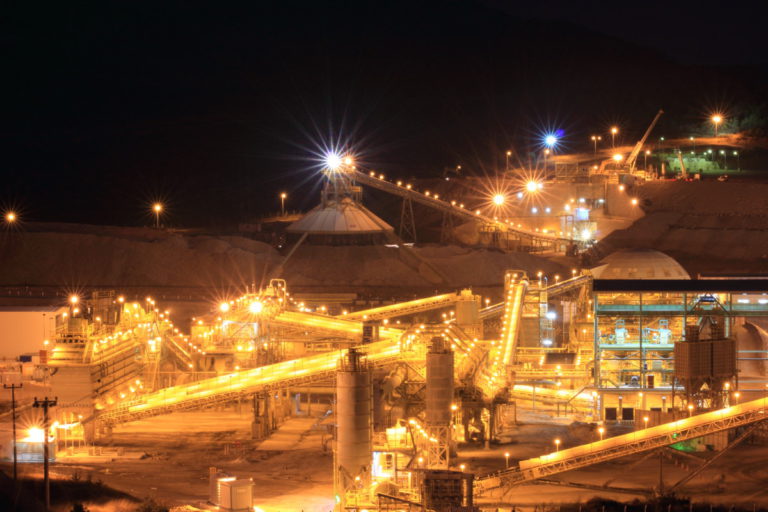
In the entire history of gold mining in the world, about 160 thousand tons of yellow metal have been obtained. And the main part of this mass was extracted during the last 100 years.
Famous gold deposits
The largest deposits and developments in gold mining are several mines: Muruntau (Uzbekistan), Grasberg (Indonesia), Goldstrike (USA), Cortes (USA), Pueblo Viejo (Dominican Republic). The volume of metal mined in these places ranges from 60 to 30 tons per year. There are also two largest first gold deposits that are not being developed at the moment: Pebble Deposit in the US state of Alaska and Natalka Kolyma – Russia.
Deposits are considered profitable for development, where the composition of gold in the rock is 2-5 grams per ton of rock. Today, these standards are constantly being revised. For example, the Natalka deposit is currently being prepared for development, and gold mining will begin in the near future.
Where is gold mined?
Where is gold mined and how are rich rocks found? Extraction of the noble metal occurs in two main types of deposits: primary and placer. What’s the difference between them?
Primary deposits are gold-bearing rocks that are brought to the surface from quarries or mines. The most common is a quarry mining method. Such deposits should be sought in regions with a rich history of mountain building and volcanic activity, since it is the processes of melting and movement of rocks that form deposits of precious metals. The main volumes of gold mined today are obtained from primary deposits.
Placer deposits of gold in nature today are very depleted. They are gold-bearing crushed rocks along the banks of rivers and streams. Formed as a result of the destruction and erosion of primary deposits, followed by the transfer and deposition of gold particles. A feature of such deposits is the presence of native metal.
Today, gold mining is a rather lengthy and labor-intensive process that requires the processing of huge masses of rocks to obtain even a small amount of precious metal.
How is gold mined?
On our planet, gold can be found everywhere, it is present even in river and sea water. However, often the concentration is so negligible that the extraction of the element is simply not economically feasible.
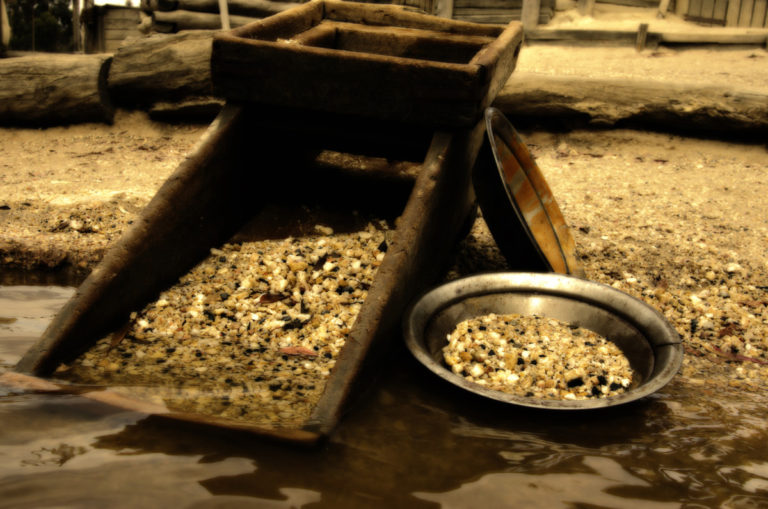
Initially, the main method of extracting the precious metal was the development of placers. Extraction was carried out by a very primitive method, by washing the rock mass in a special tray by hand. Since gold is heavier than many rocks, it settled on the bowl. Since ancient times, mining has been carried out in mines. How is gold mined today, what technological processes are used to extract it from the rock?
In the modern mining industry, all developments are mechanized and carried out with the involvement of specialized equipment.
The process chain for the development of placers is as follows:
- diversion of the riverbed;
- overburden (removal of the upper layer of rocks);
- extraction of gold-bearing rock;
- flushing;
- cleanup;
- enrichment;
- remelted.
In cold regions, such mining is seasonal, and in winter, washing stops.
Mass production is carried out at the development of primary deposits by open (quarry) or closed (mine) method.
The gold-bearing rock also goes through the stage of extraction to the surface, grinding, enrichment and separation of gold from impurities.
Methods of extracting gold from rock
The rock was mined and crushed, after which mercury was added to it. It formed an alloy (amalgam) with gold-bearing mud. Next, the mercury was distilled off, and the sludge was put into processing. This method of gold mining is possible only in very rich deposits, today it is practically not used.
Gold is separated by gravitational differentiation, when the mined rock is crushed with cast-iron balls in mills and sent to a centrifuge. Under the influence of centrifugal force, heavy particles of the precious metal are separated from the main rock.
There are other techniques based on the chemical properties of gold, such as cyanidation or leaching.
The noble metal is also searched for in the dumps of old mines. An elementary way of such surveys is the use of modern metal detectors.
Gradually, known deposits are depleted, and companies begin to develop those deposits that were previously recognized as unprofitable. This contributes to the development of gold mining and extraction technology.
